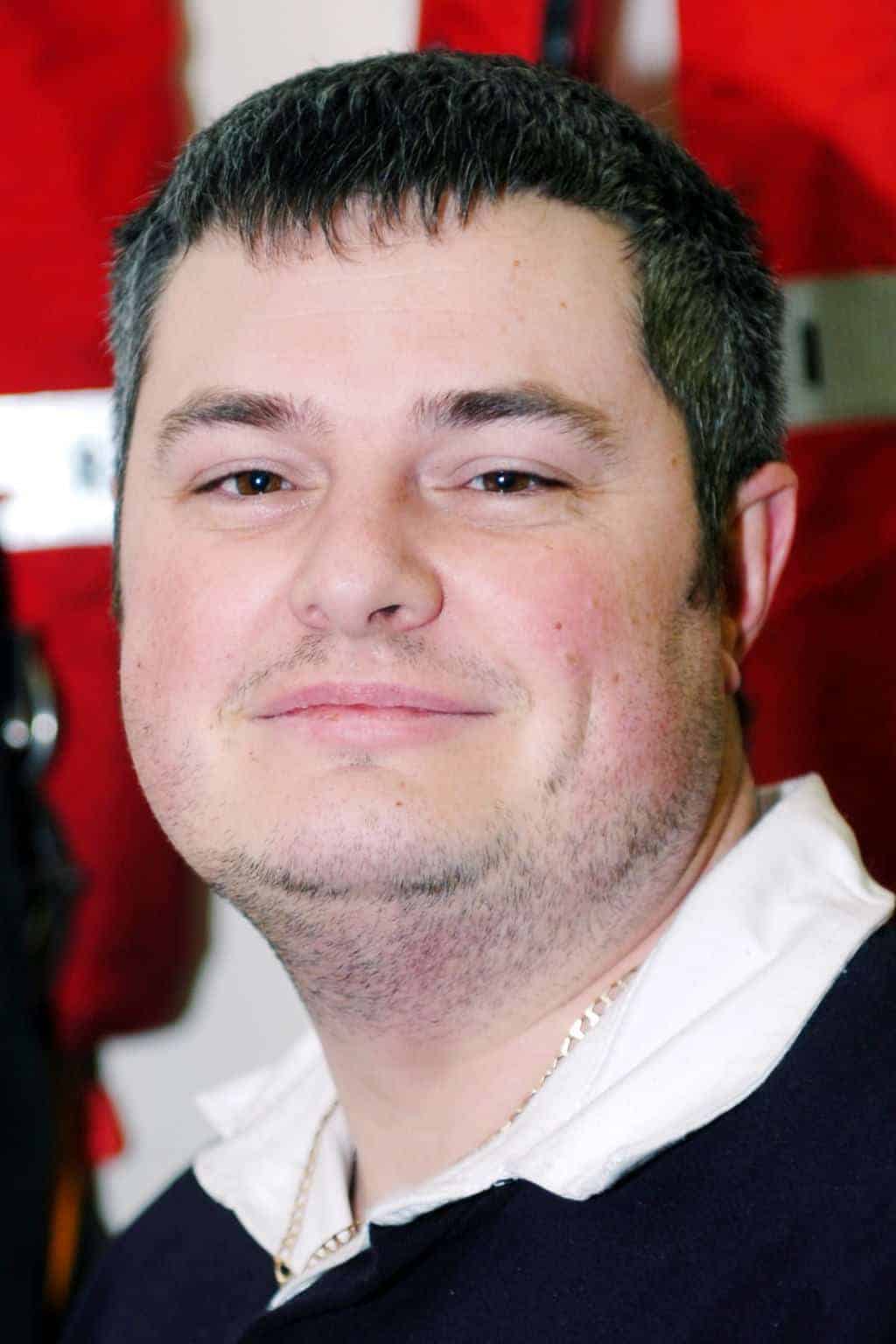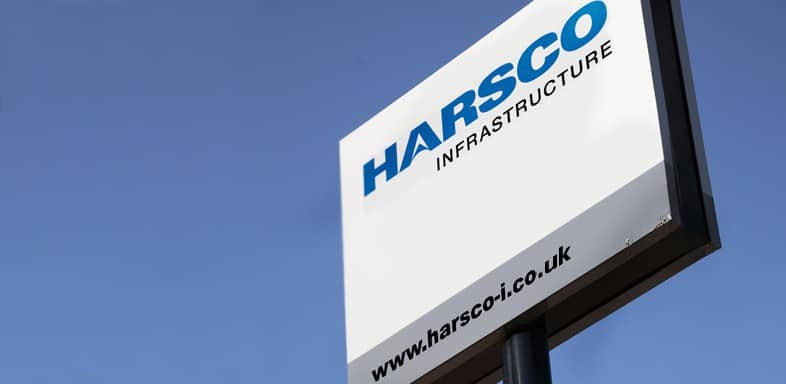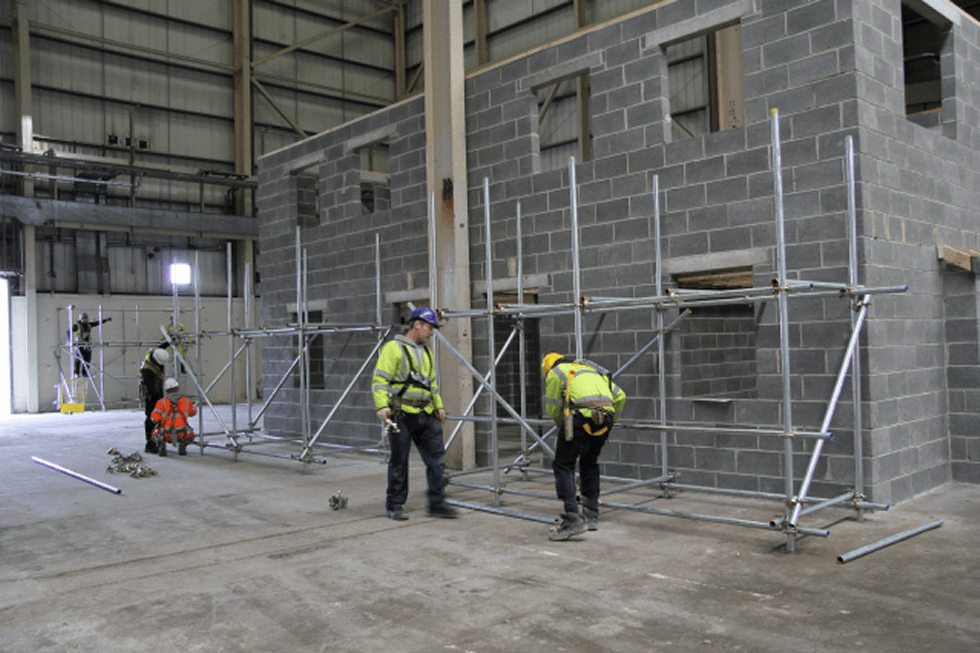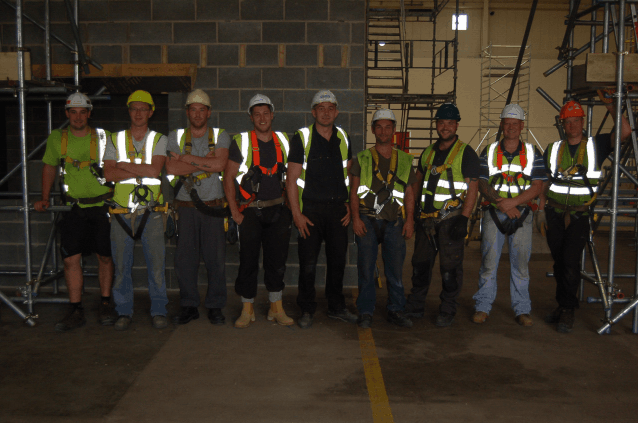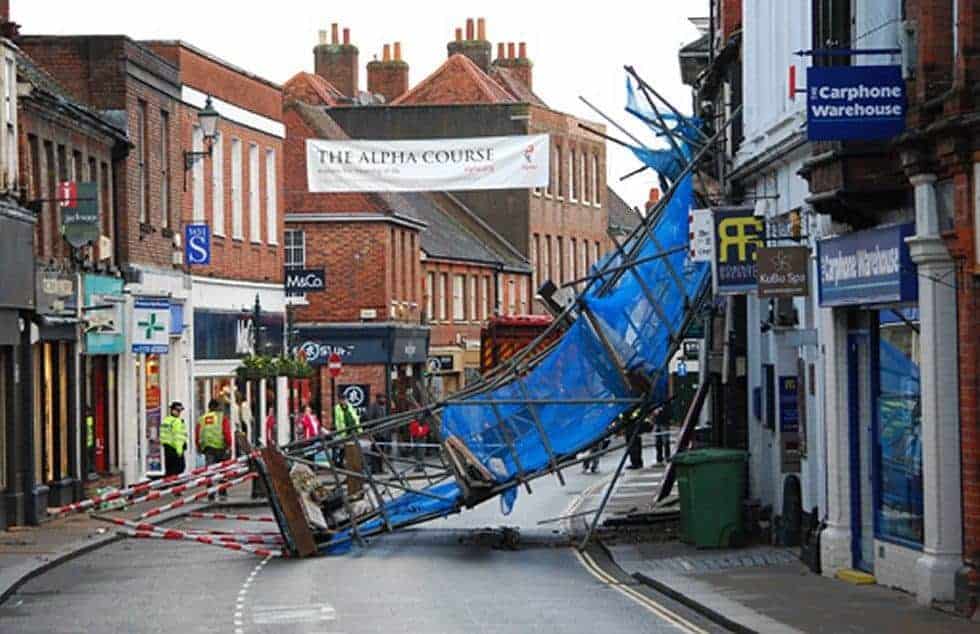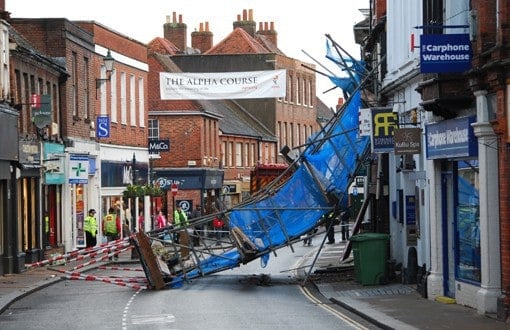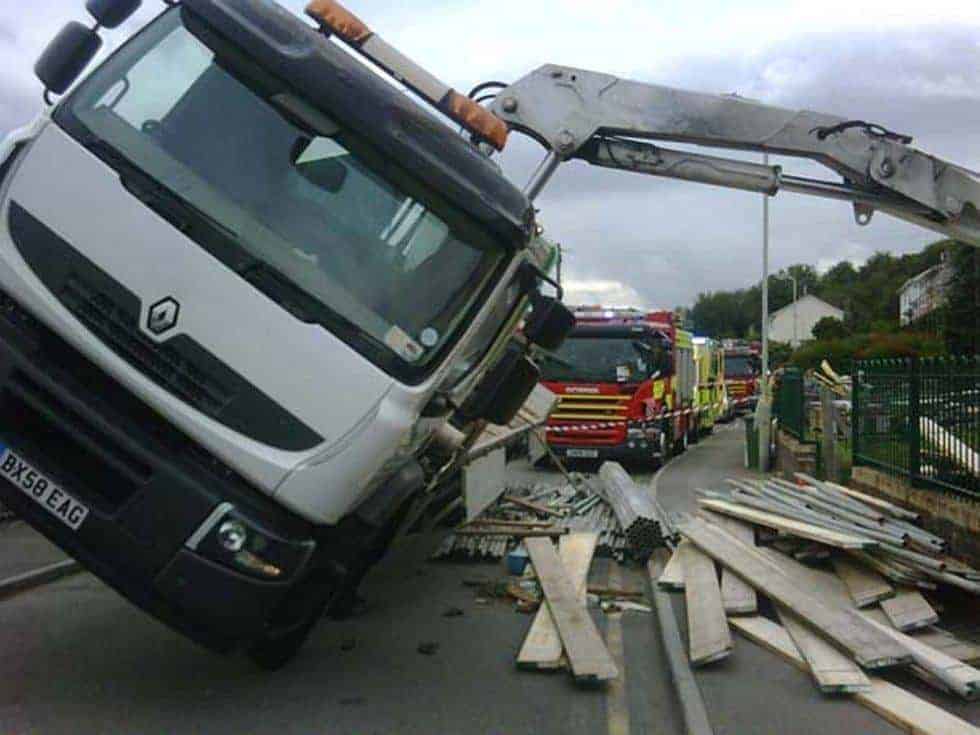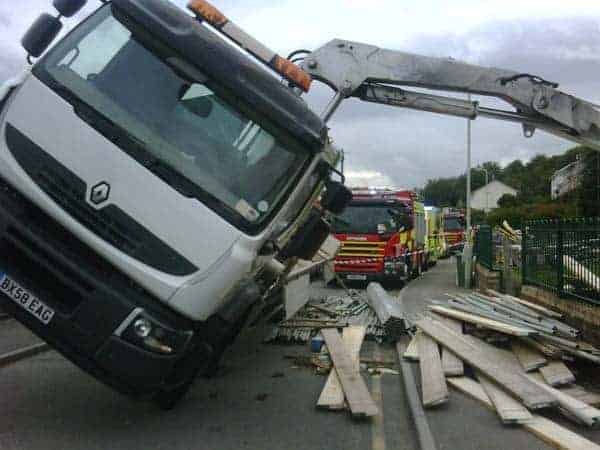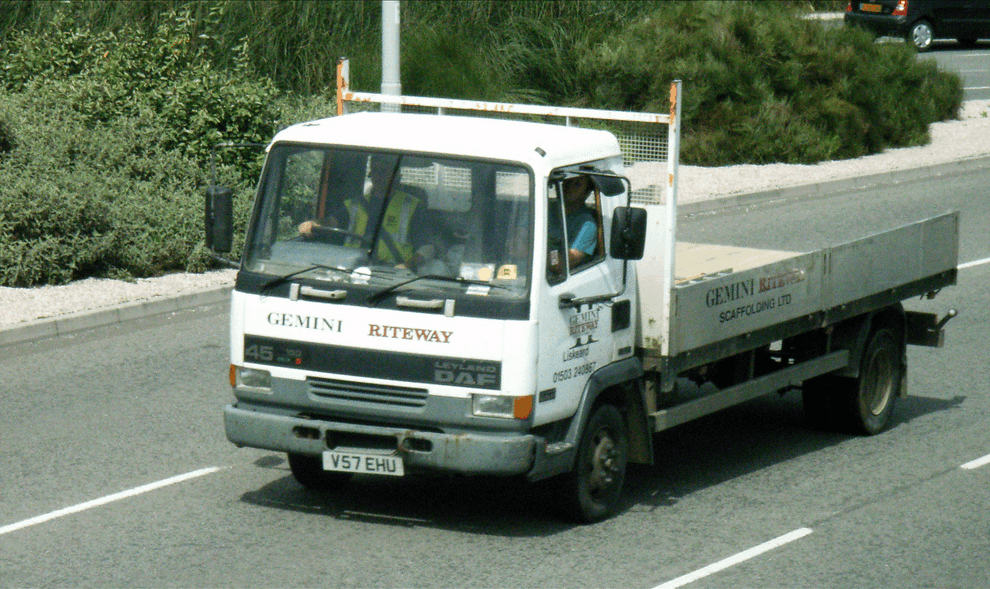 Matt born in Hartlepool is a volunteer crew member of the Hartlepool RNLI and Coastguard Rescue Team who saved a teenager from drowning on 30th September 2011. The volunteers had a race against time to save Peterlee teenager Neil Robson, who was trapped in sand with the tide coming in quickly. The 17-year-old had become stuck on Seaton Carew beach while trying to rescue his little brother, who escaped unharmed.
Speaking ahead of the awards, Matt said, “I’m honoured to receive the Daybreak Emergency Services Award with the volunteer crew from Hartlepool RNLI. This rescue was a fantastic team effort that managed to save a boy’s life, and I’m thankful I was there on the day to help free Neil and bring him to safety.”
Steve Flounders, Managing Director of Deborah Services said, “We are so proud to pay tribute to Matt and his team whose bravery saved Neil’s life. Matt is a national hero, and a committed employee at DSL who is dedicated to helping others through his role as a volunteer with the Hartlepool RNLI. We sincerely congratulate him for this outstanding achievement.”
The RNLI crew was first on scene in an inshore lifeboat under the command of helm Clare Gibbin. Other volunteers from Hartlepool lifeboat station travelled to the beach by car. Despite the risk of being trapped in the sand themselves, five RNLI crew members entered the water to help free Neil.
With sand and water levels reaching their chests, RNLI crew Liam Dunnett and Mark Barker fought to keep Neil’s head above water while Darren Killick, Rob Archer and Matt Adams dug sand away from Neil’s legs. During the rescue operation they had to remove their lifejackets to enable them to work under the surface of the water.
Coastguard Rescue Officers Colin Lodge and Chris Hornsey also arrived to help dig Neil free from the sand. The ordeal lasted 75 minutes and with just moments to spare, he was freed from the sand with the help of a high-pressure hose supplied by the fire service.
Neil, who escaped with mild hypothermia, cuts and bruises, said: ‘‘The RNLI and Coastguard did an amazing job. I’m very grateful for what they did for me under terrifying circumstances.’’
Matt born in Hartlepool is a volunteer crew member of the Hartlepool RNLI and Coastguard Rescue Team who saved a teenager from drowning on 30th September 2011. The volunteers had a race against time to save Peterlee teenager Neil Robson, who was trapped in sand with the tide coming in quickly. The 17-year-old had become stuck on Seaton Carew beach while trying to rescue his little brother, who escaped unharmed.
Speaking ahead of the awards, Matt said, “I’m honoured to receive the Daybreak Emergency Services Award with the volunteer crew from Hartlepool RNLI. This rescue was a fantastic team effort that managed to save a boy’s life, and I’m thankful I was there on the day to help free Neil and bring him to safety.”
Steve Flounders, Managing Director of Deborah Services said, “We are so proud to pay tribute to Matt and his team whose bravery saved Neil’s life. Matt is a national hero, and a committed employee at DSL who is dedicated to helping others through his role as a volunteer with the Hartlepool RNLI. We sincerely congratulate him for this outstanding achievement.”
The RNLI crew was first on scene in an inshore lifeboat under the command of helm Clare Gibbin. Other volunteers from Hartlepool lifeboat station travelled to the beach by car. Despite the risk of being trapped in the sand themselves, five RNLI crew members entered the water to help free Neil.
With sand and water levels reaching their chests, RNLI crew Liam Dunnett and Mark Barker fought to keep Neil’s head above water while Darren Killick, Rob Archer and Matt Adams dug sand away from Neil’s legs. During the rescue operation they had to remove their lifejackets to enable them to work under the surface of the water.
Coastguard Rescue Officers Colin Lodge and Chris Hornsey also arrived to help dig Neil free from the sand. The ordeal lasted 75 minutes and with just moments to spare, he was freed from the sand with the help of a high-pressure hose supplied by the fire service.
Neil, who escaped with mild hypothermia, cuts and bruises, said: ‘‘The RNLI and Coastguard did an amazing job. I’m very grateful for what they did for me under terrifying circumstances.’’
Let us know your thoughts on this story in the comments below
